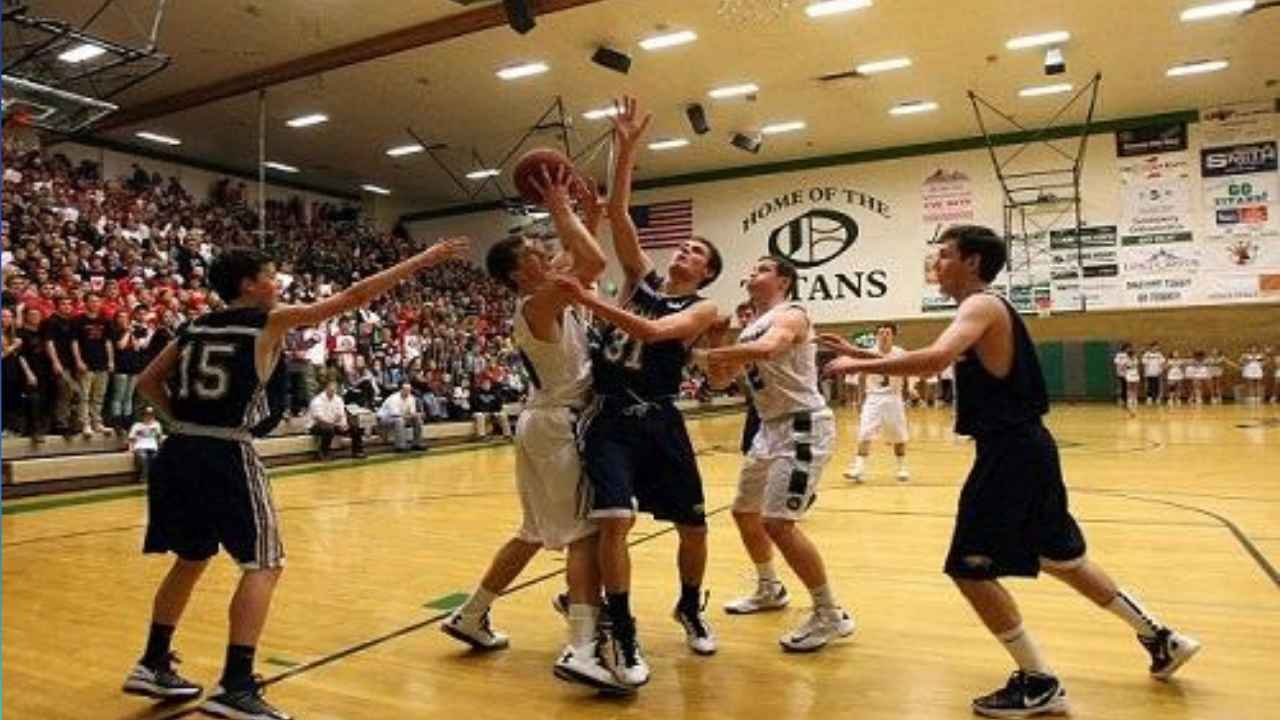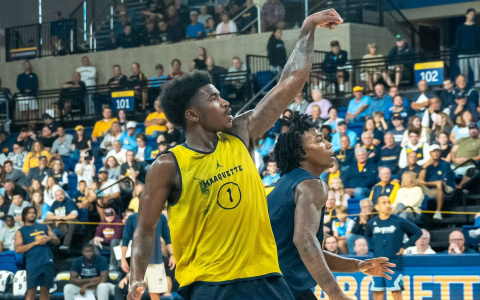Alright, so I wanted to know how long halftime is in college basketball games. I mean, it’s a pretty simple question, right? But you’d be surprised how much there is to it. Here’s what I found out.

First, I just went to the internet and searched for “halftime college basketball”. I figured that’s a good place to start. And guess what? I got some immediate answers. Most of the sources were saying that halftime in college basketball is 15 minutes long. Okay, cool. That’s straightforward enough.
But then I thought, “Is that it?” I mean, there’s gotta be more to the story. So, I started digging a bit deeper. I wanted to know how this 15-minute halftime compares to other basketball leagues. For example, I found that in the NBA, they also have a 15-minute halftime. Seems like 15 minutes is a pretty standard time for professional basketball.
I also learned that college basketball games are played in two halves, each 20 minutes long. That’s different from the NBA, which uses four 12-minute quarters. This kinda makes sense. Since college players are still developing their skills, shorter halves might be more manageable. But, I also found out that women’s college basketball switched things up in 2015, going to four 10-minute quarters. So, there are some variations out there.
So, what’s the point of this halftime break anyway? Well, from what I gathered, it’s a crucial time for both players and coaches. Players get a chance to rest and recharge, while coaches can use this time to strategize and make adjustments to their game plan. Plus, it gives fans a chance to grab a snack or use the restroom.
Here’s a quick rundown of what I learned:
- College basketball games have a 15-minute halftime.
- The NBA also has a 15-minute halftime.
- Men’s college basketball uses two 20-minute halves.
- Women’s college basketball uses four 10-minute quarters.
- Halftime is a time for players to rest, coaches to strategize, and fans to take a break.
In the end, I realized that something as simple as halftime in basketball is actually pretty interesting when you look into it. It’s not just a break in the game; it’s a strategic pause that can affect the outcome of the game. And it’s different across different levels of play, which shows how the game evolves at each stage.




















